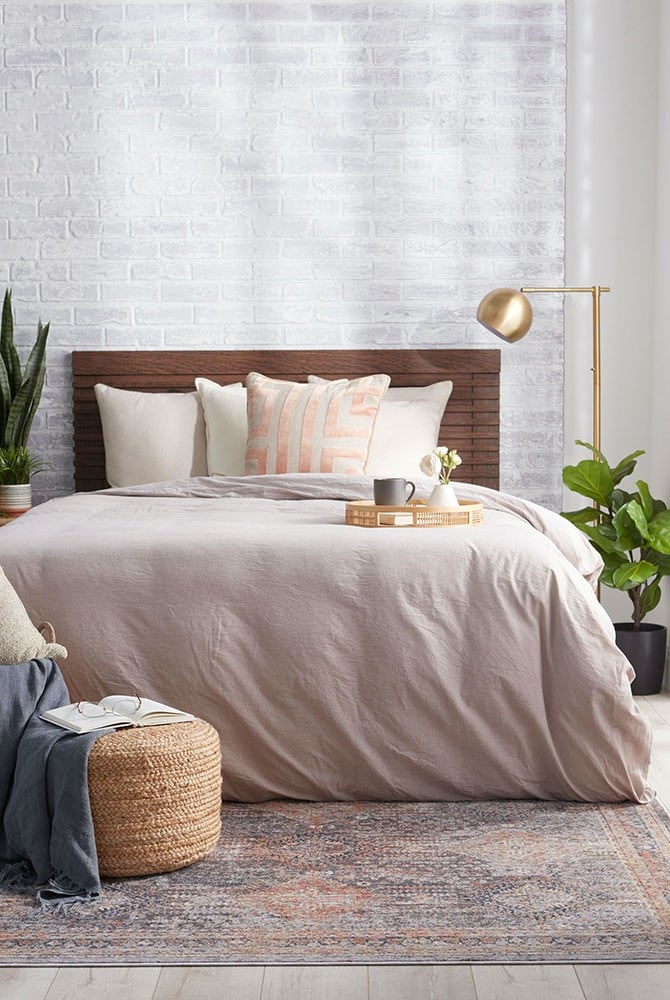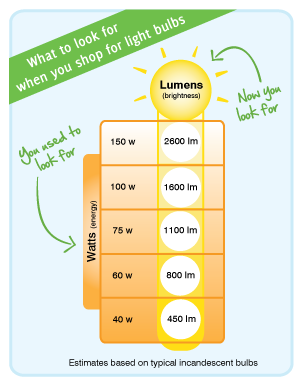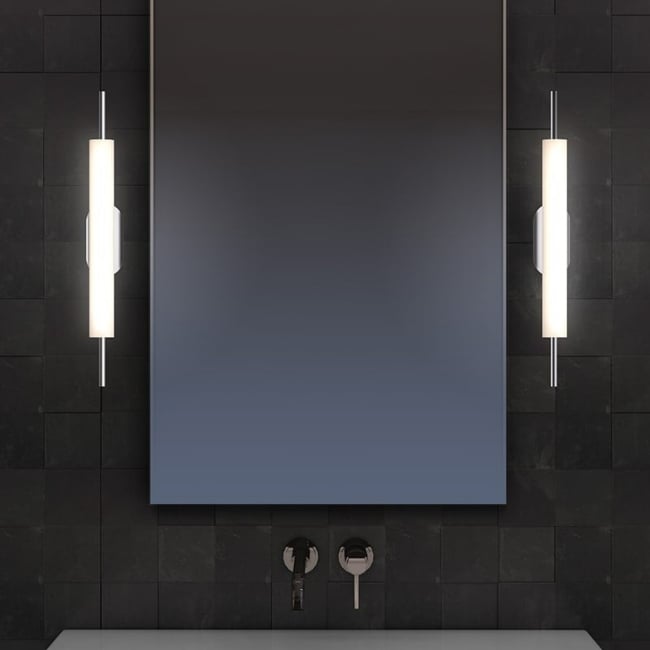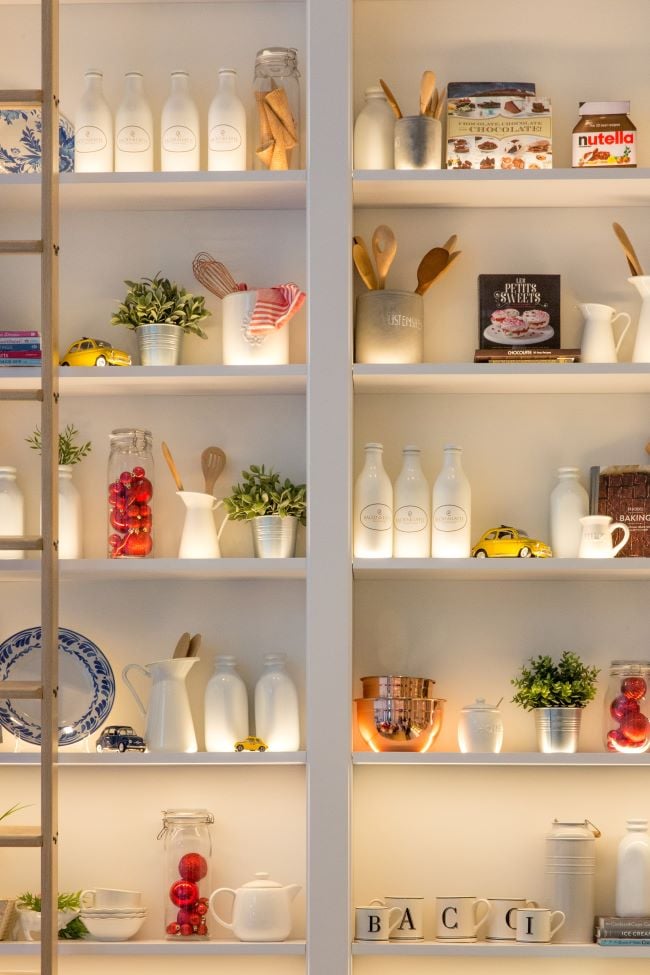At Lightopia, one of the most common questions we hear is: What is a lumen? Lumens are the official measurement of brightness. In other words, the amount of lighting you get from a light source. In the past we purchased lighting and light bulbs based on the amount of watts or energy used. It makes much more sense to purchase lighting based on the amount of light you get. Just like you purchase food by the pound and gas by the gallon, you should purchase lighting by the lumen. Thus, when buying lighting, think of lumens not watts. Since that is easier said then done, we have some key rules of thumb for reference.
Once you have a foundation for how Lumens and Lighting go together it's easier to visualize exactly how much light you are getting and how much light you want or need. One of the general rules of thumb is that you can always dim your lighting by lowering the amount of light output but once you have installed your lighting, adding lighting may not easy. Thus, over lighting is not a bad thing, especially when it comes to task areas like the bathroom vanity, kitchen, laundry, and office lighting.
Bathroom Lighting Lumens: For a single vanity area, the rule of thumb is 1600 Lumens per sink vanity, which is the equivalent of 2 x standard 60 watt bulbs. We typically suggest 2300 Lumens for a vanity area that is comprised of an LED downlight directly over the sink and then flanked by two wall lights at 800 lumens a piece installed at eye level. Other vanity lighting ideas and tips can be found from this Old House.
Kitchen Lighting Lumens: The kitchen is the most important room in the home to light because of the need for a large amount of task and functional lighting. There are multiple types of lighting in the kitchen because it's best to always get light as close to a surface as possible for maximum illumination. It's important to get 350-500 Lumens per foot of undercabinet task lighting to have an adequate light level for task work. Couple this with recessed downlights that produce 1000 lumens spaced at roughly 5' apart depending on ceiling height. It's always best to place a recessed downlight on the left and right side of the main kitchen sink. A third layer of lighting would be decorative lighting through the use of kitchen pendants, chandelier, or flush mounts. These should have 800-1200 lumens to be effective. Last but not least would be the addition of led cove lighting in the form of led tape lighting, that gives a tremendous amount of indirect lighting. These light levels should be 500 lumens per foot to get the proper reflectance.

Your discount code is on its way.
If you don't receive your promo code, please check your email junk or spam folder and click on "Not spam".
THANK YOU!
X


